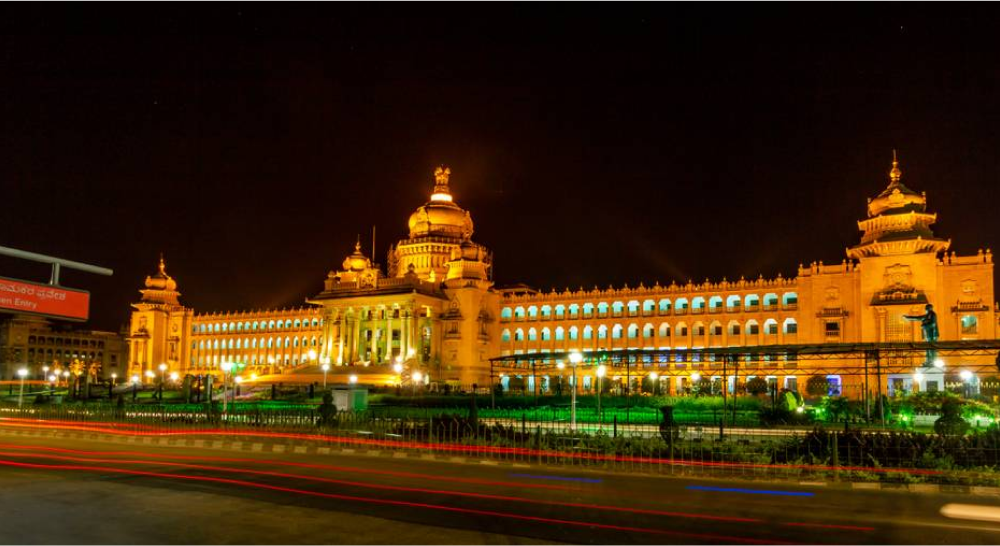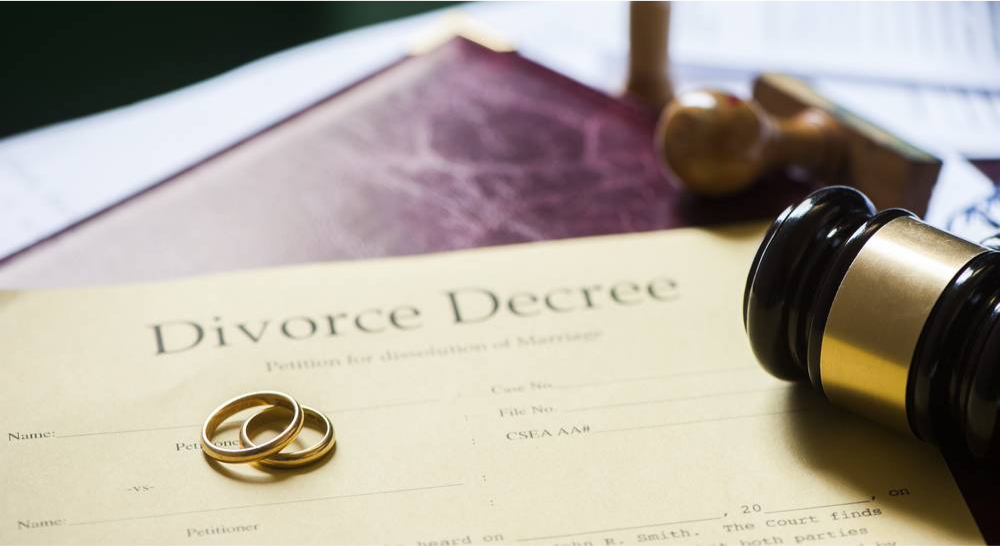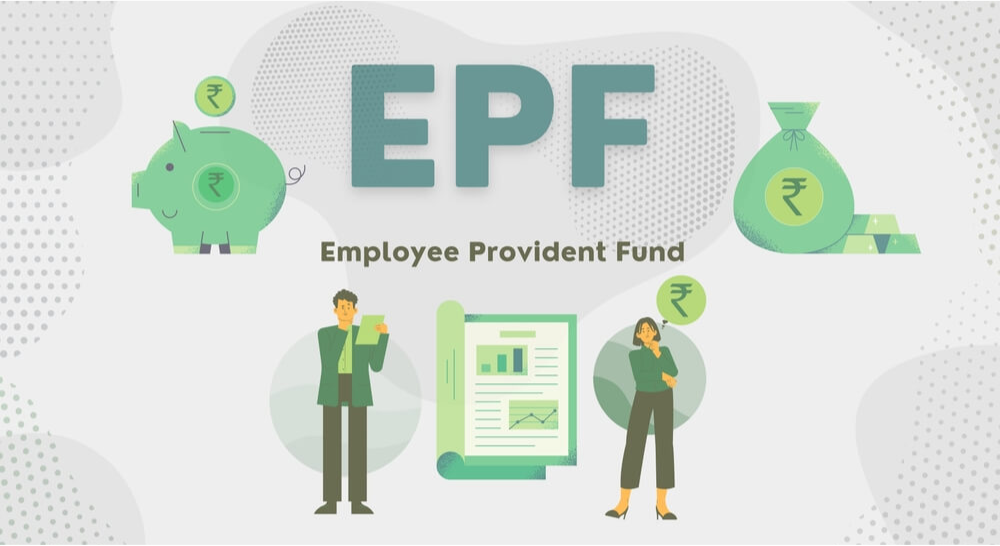 Updated on: September 17th, 2024 10:23 AM
Updated on: September 17th, 2024 10:23 AM
Amendment of Gratuity Act
The Payment of Gratuity Act came into existence in August of 1972. The Act had only been applicable to certain establishments before its amendment. Earlier, gratuity was paid to individuals who were covered within the term "employee" under Section 2(E) of the Act along with the conditions prescribed in Section 4 of the Payment of Gratuity Act. The Payment of Gratuity (Amendment) Bill, 2018 has been passed by the Lok Sabha and the Rajya Sabha and has been active since the 29th of March, 2018. This article talks about the Amendment of Gratuity Act, 2018 and various details of the same.Prior to the Amendment
The Payment of Gratuity Act of 1972 applies to the establishments and entities that have employed 10 or more individuals as employees. However, it is essential that an employee completes a minimum of 5 years in the relevant organisation in order to claim the gratuity amount. The primary purpose behind the implementation of the Act was to offer social security to the workforce and the employees after retirement. Therefore, this Act is an essential social security legislation to offer support to the earning population involved in industries, factories and establishments. The Payment of Gratuity (Amendment) Bill of 2018 has doubled the gratuity limit from the previous limit of INR 10 Lakhs to INR 20 Lakhs.The Amendments
The Government had decided that the entitlement of gratuity must be revised with respect to the employees covered under the Act after considering the factors such as the increase in inflation and wage-related issues compared to Private Sector employees. The following are the amendments made by the Government to the Payment of Gratuity Act, 1972."The existing upper ceiling on the gratuity amount under the Act is INR 10 Lakh. The provisions for the Central Government employees under Central Civil Services (Pension) Rules, 1972 with respect to gratuity are also similar. Before the implementation of the 7th Central Pay Commission, the ceiling under the CCS (Pension) Rules, 1972 was INR 10 Lakh. However, with the application of the 7th Central Pay Commission, in the case of Government servants, the ceiling has been raised to INR 20 Lakhs."The amendment of the Act has sidetracked the ceiling limit for the maximum amount of gratuity payable. The gratuity limit of INR 10 Lakhs set in 2010 by Section 4(3) of the Act has been removed. It should be noted that Section 4(5) of the Act has prescribed that if the terms and conditions of an employment contract offer a higher amount as a gratuity, over the ceiling limit for gratuity stated in the Act, then the employee shall be entitled to such an amount.
"Therefore, by considering the inflation and the wage increase even in the case of employees engaged in the private sector, the Government has decided that the entitlement of gratuity should also be revised with respect to the employees who are covered under the Payment of Gratuity Act of 1972. Accordingly, the Central Government has initiated the process for the amendment of the Payment of Gratuity Act, 1972 in order to increase the maximum limit of the gratuity to such an amount as notified by the Central Government from time to time. Currently, the Government has issued a notification specifying the maximum limit to Rs. 20 Lakh."This transition in the Act has been introduced for the implementation of the Seventh Central Pay Commission. As a result, the ceiling of gratuity for Central Government employees has been upgraded from INR 10 Lakhs to INR 20 Lakhs. Instead of prescribing the ceiling amount in the Act itself, the Amendment was formulated in a way to empower the Central Government in order to notify the limit proposed, so that it may be revised as time passes with respect to the increase in the wage, inflation and future Pay Commissions.
"Besides, the Bill envisages amending the provisions related to the calculation of continuous service for the purpose of gratuity in the case of female employees who are on maternity leave from "twelve-weeks" to "such period of time as may be notified by the Central Government from time to time". This period has been currently notified as twenty-six weeks."Another significant feature that was introduced was with respect to the period of maternity leave for female employees. The period for maternity leave for women who are employed in continuous service was 12 weeks under Section 2A of the Act earlier. However, the amendment has been modified in a way that the maternity leave period has been extended to 26 weeks from 12 weeks in order to keep in pace with the recently amended Maternity Benefits Act. This amendment would also resolve the calculation of continuous service for the payment of gratuity for women employees who are on maternity leave.
Post the Amendment
After receiving Presidential assent, the Payment of Gratuity (Amendment) Act of 2018 was brought into effect by the Ministry of Labour and Employment. An amendment was initiated to ensure harmony among the employees in the Private Sector and in the Public Sector Undertakings/ Autonomous Organizations under the Government who are not covered under the CCS (Pension) Rules. Such employees would be entitled to receive higher amounts as gratuity and at par with their counterparts who are employed by the Government. If an employee has rendered continuous services for a minimum of 5 years with an organisation, the employee is entitled to receive a gratuity and is generally given at the time of retirement subject to specific terms and conditions. The gratuity amount is payable to an employee during their superannuation, or on retirement, resignation or even, disablement due to an accident or disease, or death.Popular Post

In the digital age, the convenience of accessing important documents online has become a necessity...

The Atalji Janasnehi Kendra Project that has been launched by the Government of Karnataka...

The Indian Divorce Act governs divorce among the Christian couples in India. Divorce...

When an individual has more than a single PAN card, it may lead to that person being heavily penalised, or worse,...

Employees Provident Fund (PF) is social security and savings scheme for employee in India. Employers engaged...


